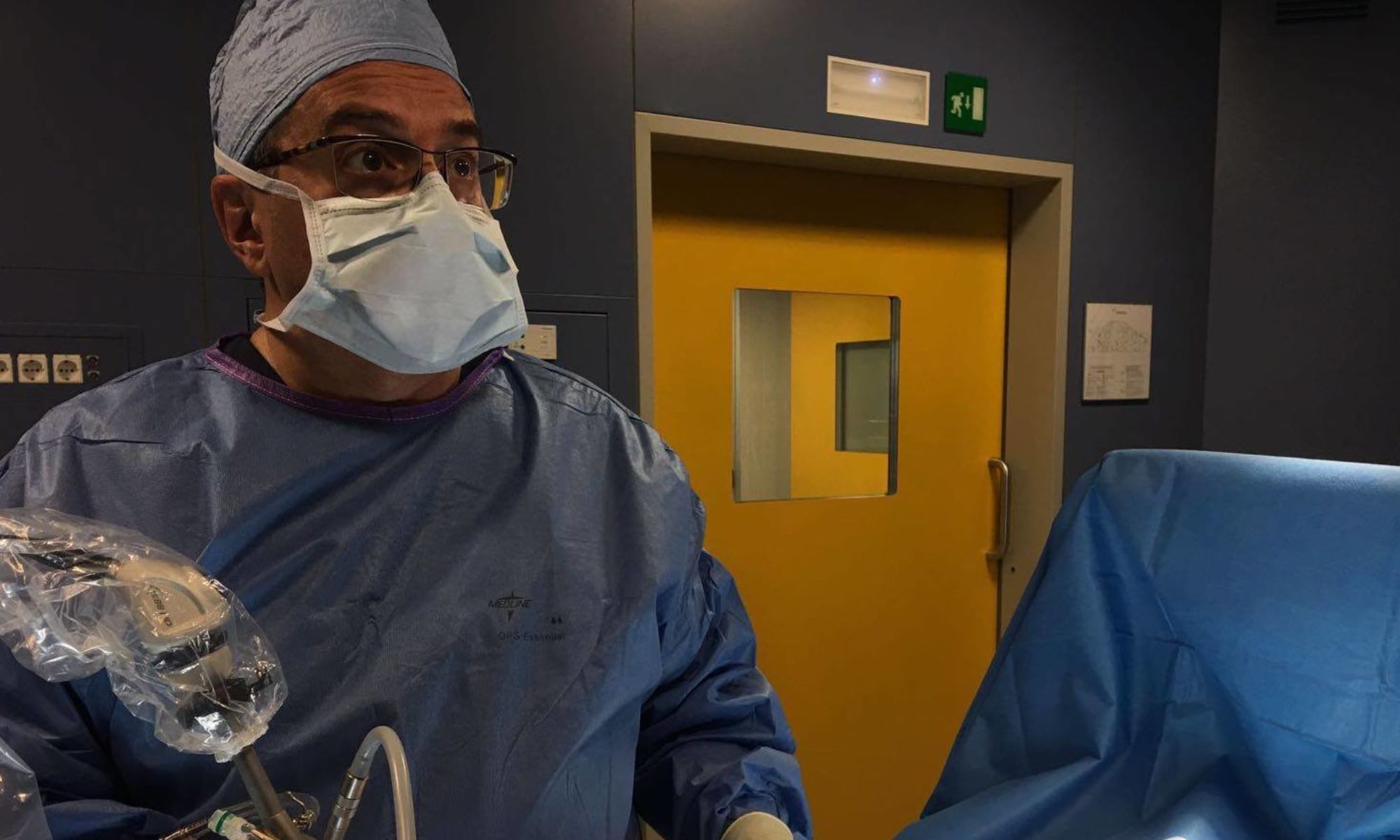[vc_row row_type=”0″ row_id=”” blox_height=”” video_fullscreen=”true” blox_image=”” blox_bg_attachment=”false” blox_cover=”true” blox_repeat=”no-repeat” align_center=”” page_title=”” blox_padding_top=”” blox_padding_bottom=”” blox_dark=”false” blox_class=”” blox_bgcolor=”” parallax_speed=”6″ process_count=”3″ video_url=”” video_type=”video/youtube” video_pattern=”true” row_pattern=”” row_color=”” maxslider_image1=”” maxslider_image2=”” maxslider_image3=”” maxslider_image4=”” maxslider_image5=”” maxslider_parallax=”true” maxslider_pattern=”true”][vc_column width=”1/1″][vc_column_text]WHAT IS IT
The solitary rectal ulcer is a benign chronic disease that affects the rectum and is often associated with disorders of defecation; although it is often considered a disease typically associated with rectal prolapse, the magnitude of this association was very variable in the different case studies (from 13% to 94%).
INCIDENCE
Its incidence is about 1-3 / 100,000 per year and the average age of onset is 49 years. The cause is unknown, although sporadic cases have been reported associated with the topical intake of analgesics or ergotamine.
SYMPTOMS
The most common symptoms are constipation (with the typical characteristics of constipation obstructed defecation) and hematochezia, both present in about half of patients. In 20-40 percent of patients are diarrhea, rectal pain rarely. E ‘, however, it is noted that in about a quarter of cases the solitary rectal ulcer is completely asymptomatic and is an incidental finding during endoscopic examinations performed for other reasons.
DIAGNOSIS
From the point of endoscopic view, a true “solitary ulcer” is actually in a minority of patients (35 per cent) in 25-30% of cases there are in fact multiple ulcers in 25-44% polypoid lesions and in the remaining 18-27% it is found only hyperemia and / or granularity of the mucosa.
In all these cases, as is obvious, differential diagnostic problems can arise with both the inflammatory bowel diseases, both neoplastic diseases. The characteristic histological picture is represented by distortion of the crypts, replacing the stroma of lamina propria collagen fibers and badly oriented muscle cells, thickening and disruption of the muscularis mucosa (defined framework “fibromuscular obliteration”.
Recently they were also described eoc-characteristic endoscopic pictures, as inhomogeneity of the submucosa, muscularis thickening and thickening of their internal anal sphincter.
Diagnosis is mainly based on endoscopic and histological picture: other surveys as defecography and anorectal manometry may be useful to document the presence of anorectal prolapse or pelvic floor dyssynergia.
THERAPY
The therapeutic possibilities are rather scarce: in all patients by recommending general measures such as avoiding excessive straining, avoid digital manipulation, reducing the time spent to the toilet, take a high-fiber diet and possibly laxatives mass.
There is no firm evidence of efficacy of mesalazine and topical sucralfate, which have only been used in uncontrolled studies and topical steroids were ineffective .In patients with evidence of obstructed defecation syndrome can be useful bio feedback. There are anecdotal reports on the effectiveness of endoscopic treatments such as coagulation with Argon Plasma or injection of fibrin glue (the latter is used in a small controlled study)
In patients with severe symptoms refractory to every other treatment have been used different forms of surgical therapy, but with unsatisfactory results in the complex.[/vc_column_text][/vc_column][/vc_row]
